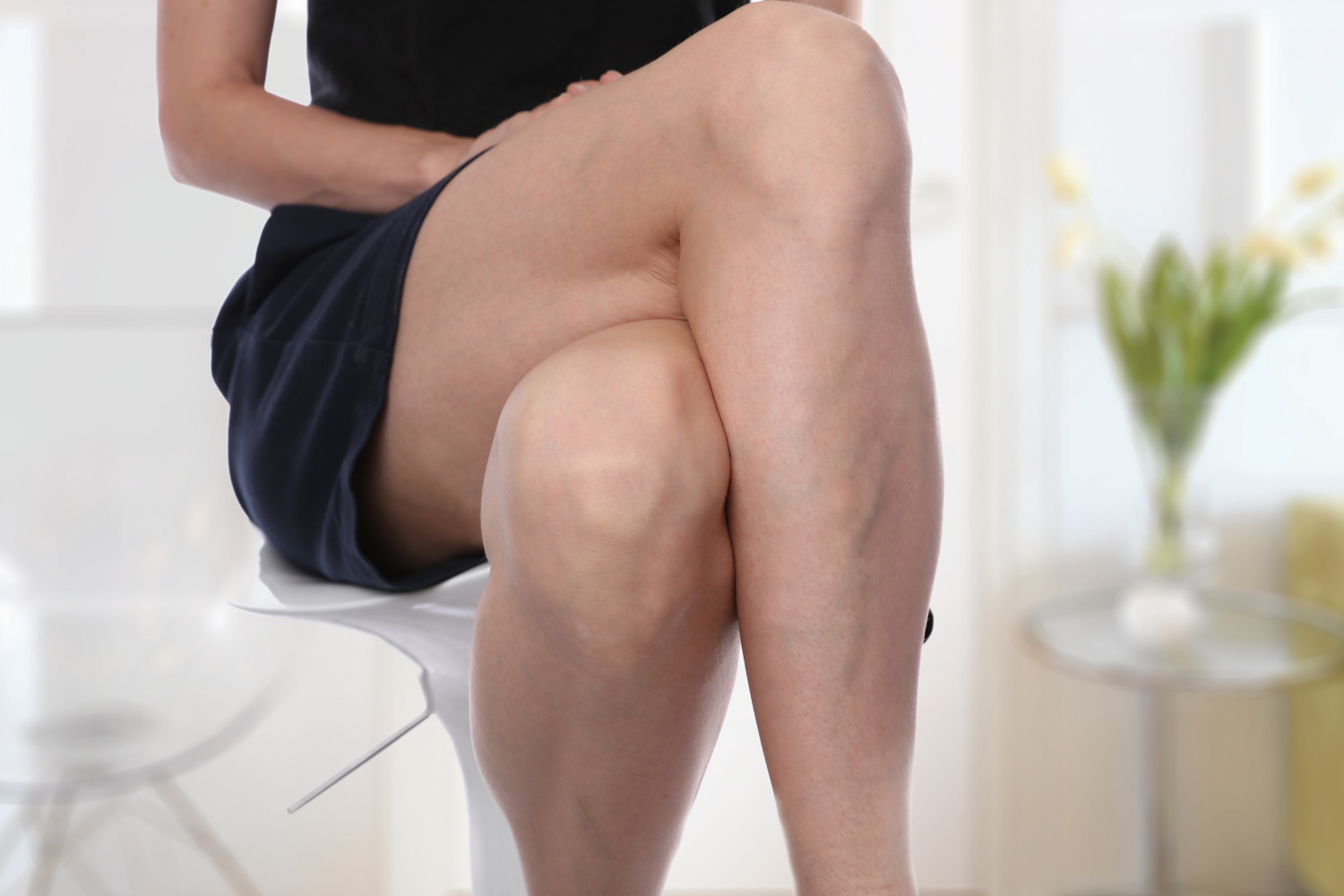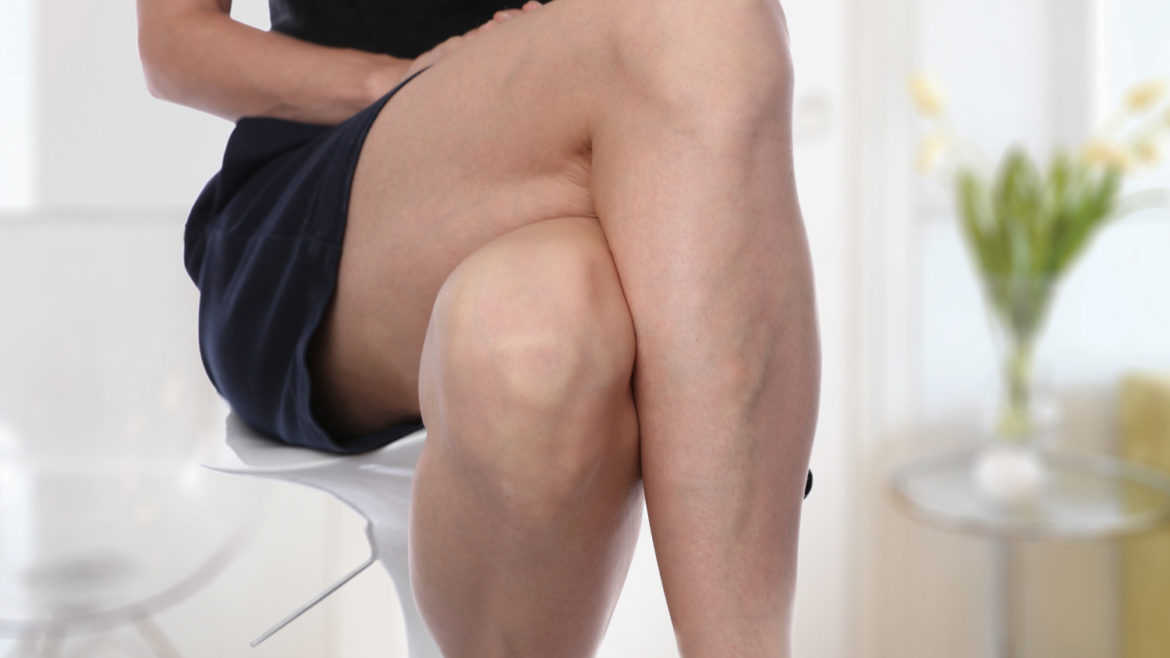 While you probably know that, as a woman, you are prone to stretch marks and cellulite, but did you know women are more than twice as likely to suffer from varicose veins than men? While these veins are often painless and do not cause health problems, they can be unsightly and leave many women hiding their legs in the summer. While treatment isn’t always necessary, varicose vein treatment near you is available using minimally invasive treatment options.
While you probably know that, as a woman, you are prone to stretch marks and cellulite, but did you know women are more than twice as likely to suffer from varicose veins than men? While these veins are often painless and do not cause health problems, they can be unsightly and leave many women hiding their legs in the summer. While treatment isn’t always necessary, varicose vein treatment near you is available using minimally invasive treatment options.
What Are Varicose Veins?
Varicose veins are enlarged veins, commonly found in the legs, that can be blue, red or flesh colored. These veins often rise and protrude above the skin, looking like twisted cords. What causes these veins to bulge is a defect in the valve within the vein.
In a normal leg vein, for example, your blood travels upward back to the heart in one direction. A healthy valve keeps the blood flowing in one direction, preventing backward flow. Unfortunately, sometimes these valves fail and allow blood to flow backward, stopping it from traveling back to the heart. This blood then pools inside the vein, causing the bulging veins seen with varicose veins.
While most cases of varicose veins are painless and pose no health risk, they can progress and worsen over time, leading to a condition known as Chronic Venous Insufficiency, or CVI. In this case, you may experience painful symptoms, leg swelling, damage to the surrounding skin and even skin ulcers. At this point, medical treatment is necessary.
What Can Increase My Risk for Varicose Veins?
As a woman, you already have a greater risk of developing varicose veins, partially due to female hormones. However, there are other factors that can increase your risk of developing these unsightly veins. They include:
- Family history – If your mom had varicose veins, chances are she was nice enough to pass it down to you.
- Sitting and standing – If your daily routine consists of lots of sitting and standing for more than four hours at a time, your veins are working harder to pump blood against gravity. This increases your risk. Moving regularly or elevating your feet above your heart at least three times a day for 15 minutes can help reduce this risk.
- Overweight or obesity – Unfortunately, excess weight also contributes to an increased risk for varicose veins. The extra weight places additional pressure on the veins, increasing the risk of a valve problem.
- Getting older – As if wrinkles weren’t enough, aging also increases your risk factor for varicose veins. Calf muscles are not as strong to help aid in the movement of blood and the valves may weaken as well.
- Hormonal or menopausal hormonal therapy – Estrogen is a hormone that can weaken the valves in the vein. This is one reason why women have an increased risk of varicose veins. When you undergo hormonal therapy that includes estrogen or progesterone, including birth control, you can raise your risk.
- Pregnancy – While you carry your little bundle of joy, your body pumps more blood in order to support fetal growth. This extra blood flow puts a strain on the veins. Many women experience varicose or spider veins during pregnancy, but often these veins heal after the pregnancy ends.
Treating Varicose Veins
Not all cases of varicose veins require treatment from a medical standpoint. Often treatment to remove varicose veins is more cosmetic in nature. In mild cases, something as simple as compression stockings can help improve blood flow and the appearance of veins. In more complex cases, various treatments are available. These treatments include:
- ClosureFast – This is a minimally invasive treatment known as endovenous thermal ablation that uses radiofrequency to heat the collagen in the walls of the vein. This causes the vein to collapse and seal closed. With the vein closed, your blood finds alternate veins to travel through and the damaged vein will slowly disappear.
- VenaSeal – This treatment uses an advanced medical adhesive to close the damaged vein. The adhesive is administered through a catheter into the vein. Similar to the radiofrequency heat, this adhesive closes the vein, allowing for blood flow to reroute and the damaged vein to disappear.
If you are one of the many women bothered by varicose veins, make the call today to find a varicose vein treatment provider near you. Soon you can flaunt those vein-free legs again!
Related Posts
- 3 Steps for Summer Skin Protection
- Are Plastic Surgery Patients Becoming More Educated?
- The Most Popular Cosmetic Surgery in the World



